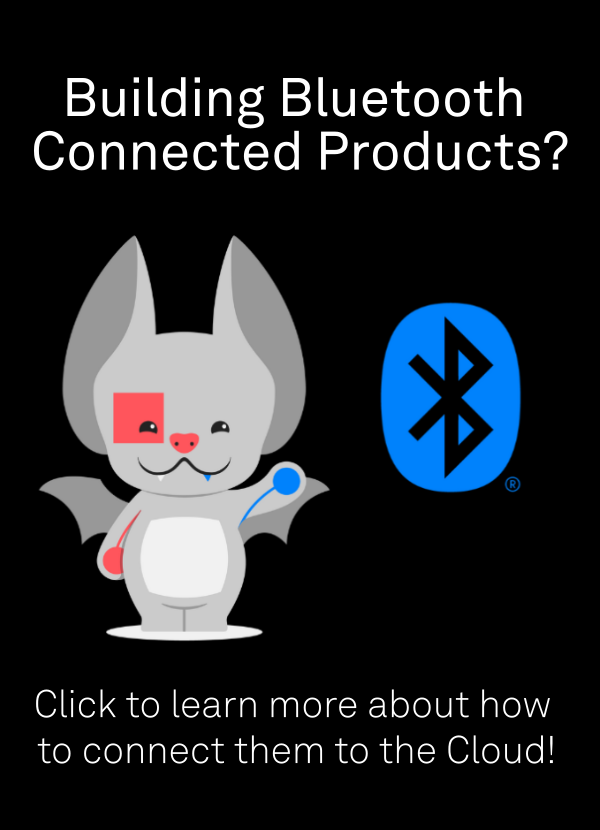Today, Golioth is open-sourcing an early version of xk6-coap, a Grafana k6 extension that enables authoring load testing scenarios in Javascript that interact with Constrained Application Protocol (CoAP) endpoints. k6 is a load testing framework from Grafana Labs focused on extensibility, scalability, and developer experience.
The Importance of Load Testing
Load testing is the practice of simulating interaction with a system in order to observe how the system responds. For many applications, this manifests as orchestrating a large number of network connections to the system, each sending a pre-defined amount of data, or continuously sending data over some period of time. While simple load tests can be carried out by writing a minimal program that executes the specified behavior, it is frequently desirable to run the tests in a distributed fashion, either due to scalability requirements of the tests themselves, or to simulate geographically distributed interaction. As the number and complexity of tests increases, introducing a load testing framework can enable an organization to rapidly evolve the sophistication of their testing efforts.
Why Use k6?
When you operate a platform that needs to be able to accommodate millions of IoT devices, testing your system to ensure that it is able to respond appropriately to many different scenarios is critical. When we were thinking about how to reduce the friction of running these tests, k6 was a natural fit due to its use of Javascript as a scripting language, its built-in support for modifying the magnitude and duration of tests, and its ability to scale from a developer’s local machine to a distributed system like Kubernetes.
Fortunately, k6 also has a rich ecosystem of extensions, along with straightforward machinery to build your own.
Why a CoAP Extension?
Many of the devices connecting to Golioth are communicating over constrained networks. As described in a previous post, CoAP is a flexible protocol that allows these devices to operate efficiently in a wide range of environments. However, while well-supported by embedded RTOS’s, server-side support is somewhat more limited. As we strive to build scalable, resilient systems, we hope to also help grow the ecosystem of tooling by contributing back to the open source community.
Getting Involved
We have decided to open source xk6-coap while it is still in active development in order to allow for the community to influence the direction of the project, and contribute if so inclined. To start running your own CoAP load tests, check out the getting started steps in the README.md. If interested in contributing, take a look at the open issues and the CONTRIBUTING.md.


No comments yet! Start the discussion at forum.golioth.io